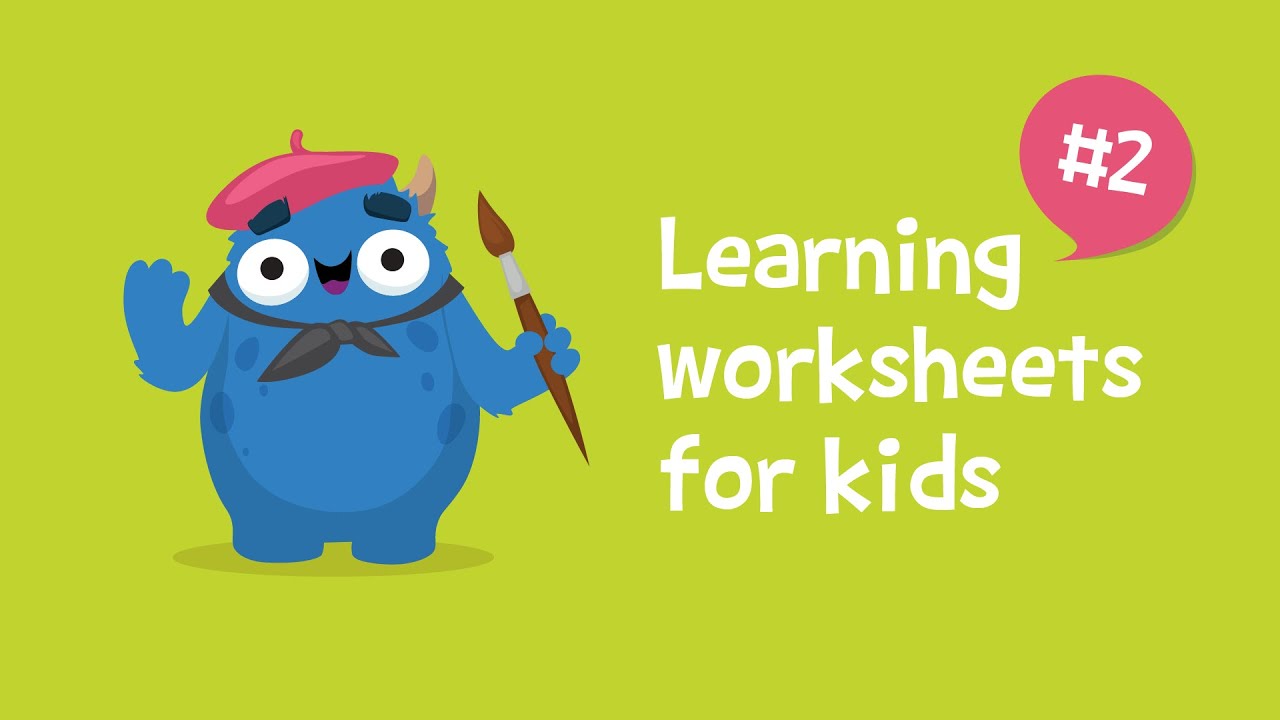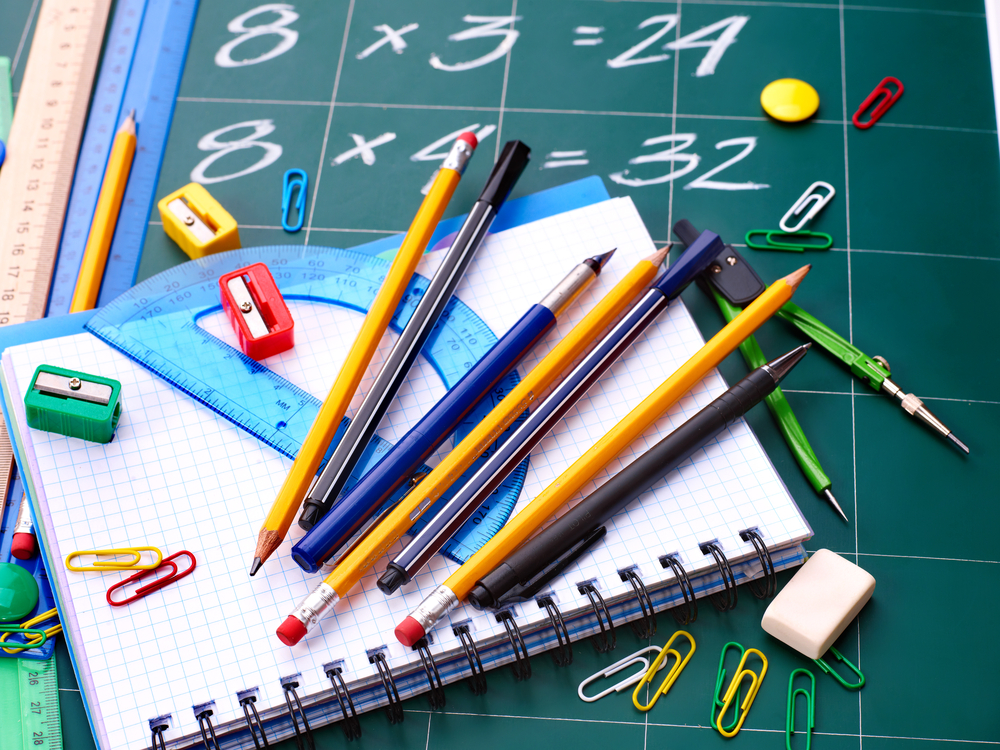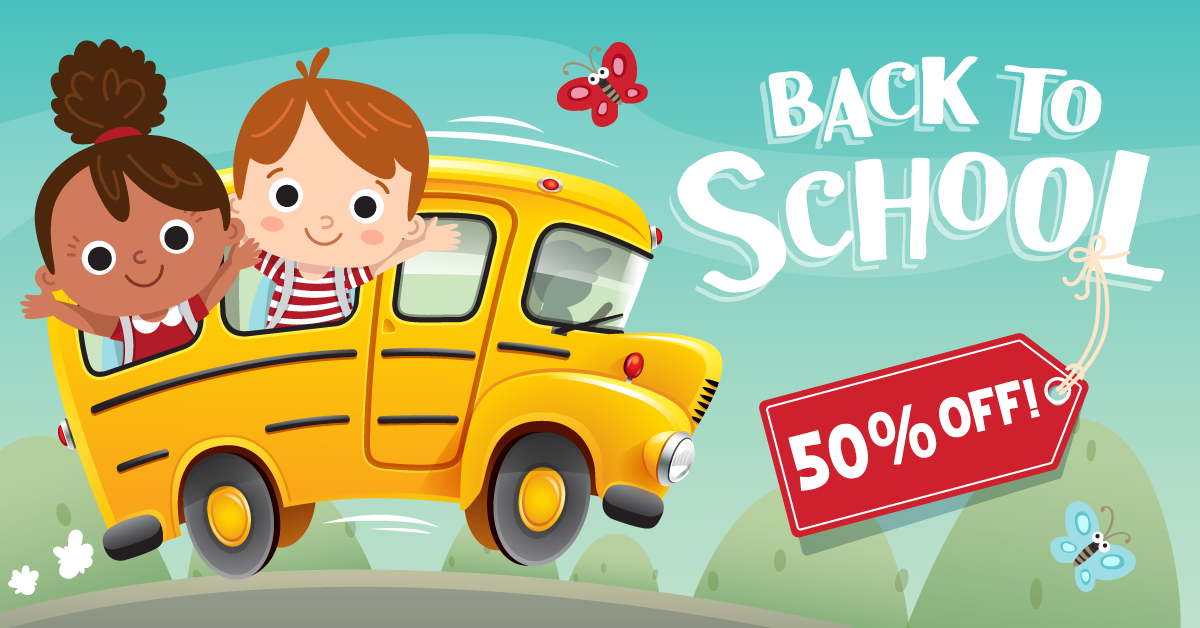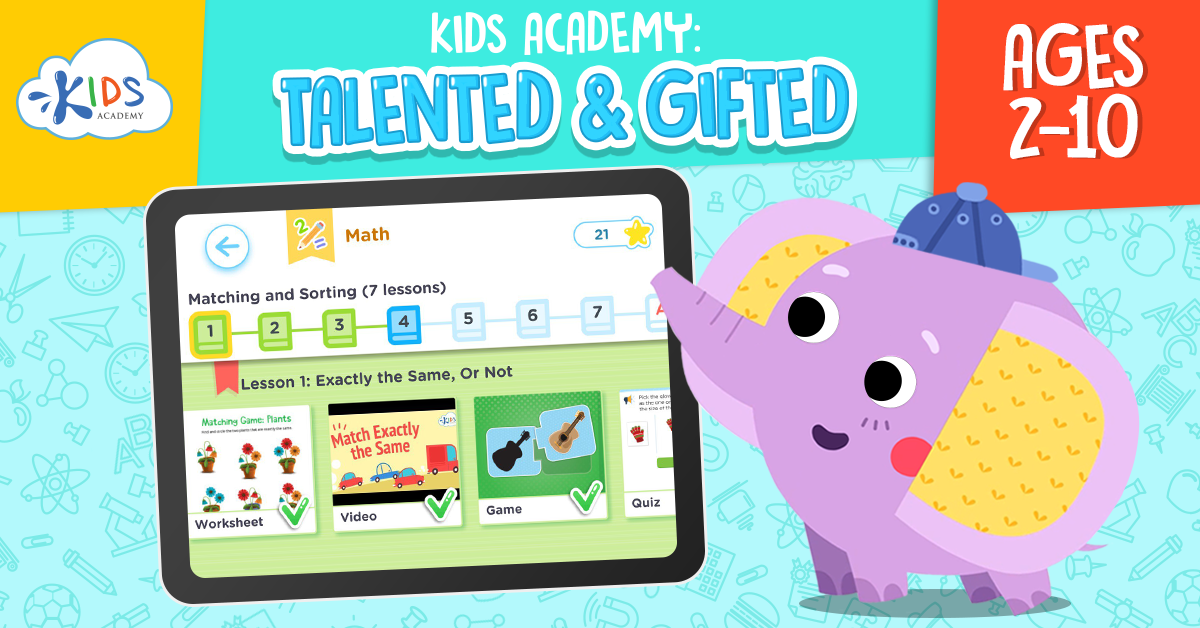Comparing volumes Worksheets for Kids
1 filtered results
-
From - To
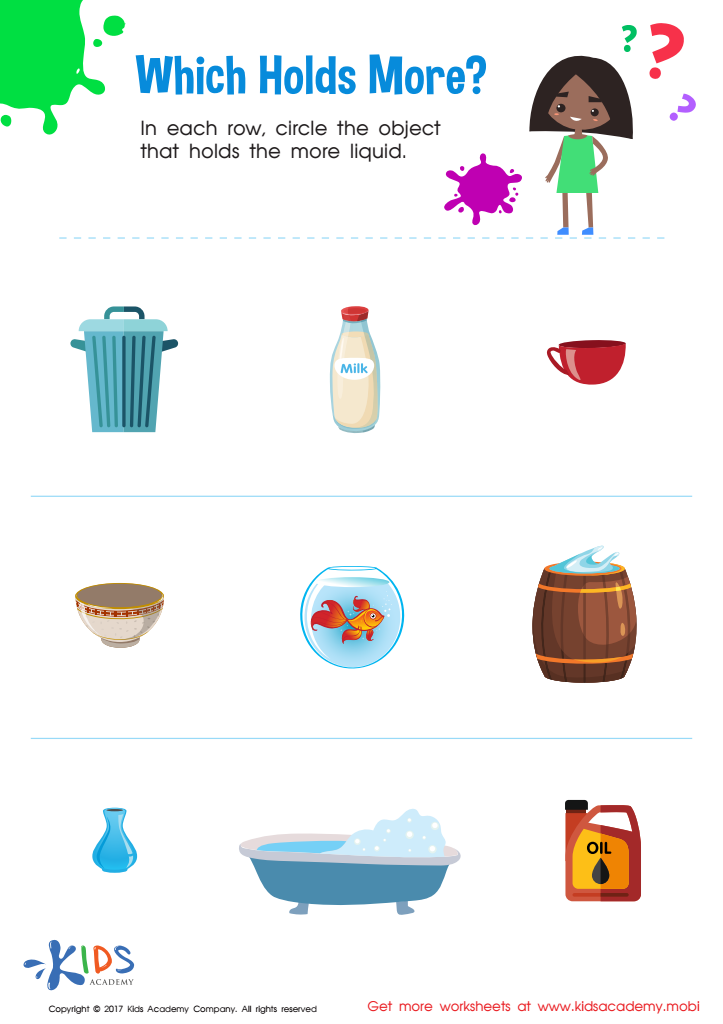

Which Holds More: Capacity Worksheet
Question/Answer
What does the Comparing volumes skill mean when it comes to Kindergarten Measurement learning?
The Comparing volumes skill in Kindergarten Measurement learning involves teaching children to understand and identify differences in the amount of space objects occupy. It helps them grasp concepts of more, less, or equal volume by comparing containers or shapes, fostering their early mathematical understanding and spatial awareness through observation and practical activities.
How does the mastery of the Comparing volumes skill affect a student's performance at an early age?
The mastery of the Comparing volumes skill at an early age significantly enhances a student's spatial awareness, critical thinking, and problem-solving abilities. It lays a foundational understanding of mathematics that is crucial for tackling more complex mathematical concepts later on. This early competence can lead to improved academic performance in STEM subjects and better overall cognitive development.
How to test a Kindergarten student’s Comparing volumes skills?
To test a Kindergarten student's comparing volumes skills, provide objects or containers of different sizes and ask the student to predict which holds more or less. Then, allow them to fill the containers with a uniform material, like water or sand, to see the actual volume.
 Assign to the classroom
Assign to the classroom

